Architects: Miguel Ortego
Area: 41 m²
Year: 2018
Photography: Cortesía de Miguel Ortego
Architect In Charge: Miguel Ortego
Work And Management Team: Jorge Ortego
Builder: Jorge Balién
Client: Coopescrevi de San Gregorio Ltda.
City: San Gregorio
Country: Argentina
In 2018, architect Miguel Ortego spearheaded a nuanced architectural intervention at the entrance of Casa Velatoria in San Gregorio, Argentina. This project, although compact in scale at just 41 m², ambitiously sought to explore and express the philosophical notion of Eternal Recurrence through architectural form and space. Ortego’s design introduces a courtyard that serves as both a transitional area and a contemplative space, engaging deeply with themes of presence, absence, and the cyclical nature of existence. The intervention delicately balances notions of weight and void, visibility and invisibility, thereby inviting each visitor to a reflective interaction with the sky and the overarching silence of the space.
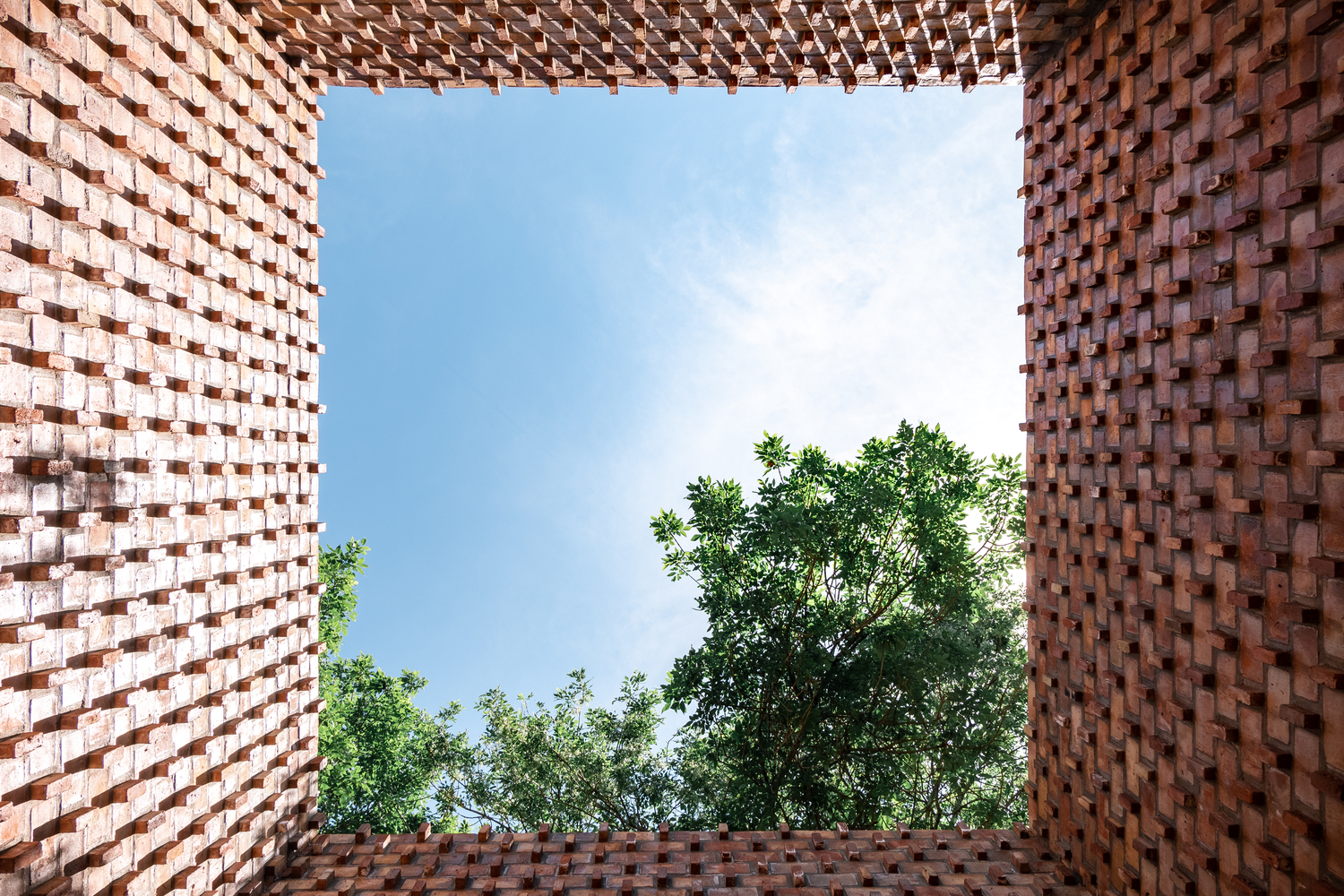
The concept of Eternal Recurrence is enigmatic, and it confounded other philosophers when Nietzsche introduced it. The notion implies that every event may recur infinitely, each instance etched into eternity, akin to Jesus Christ’s crucifixion.

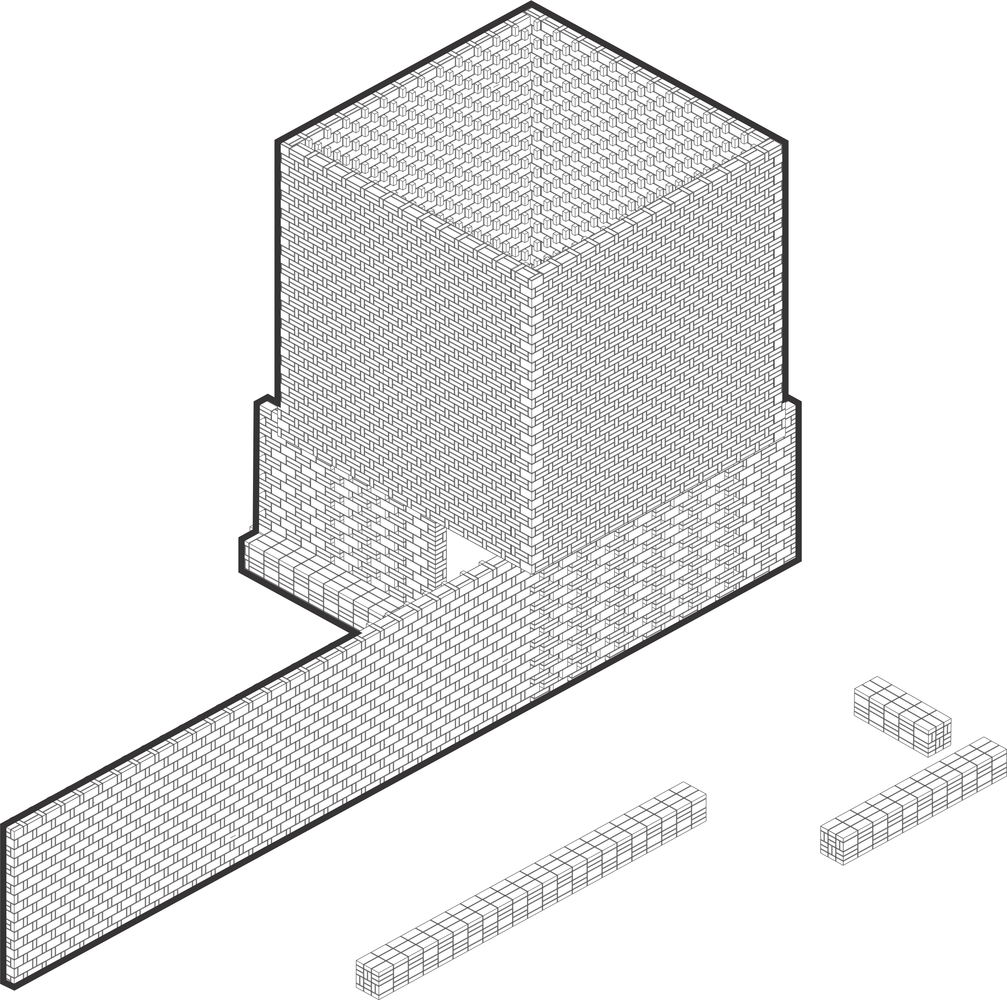
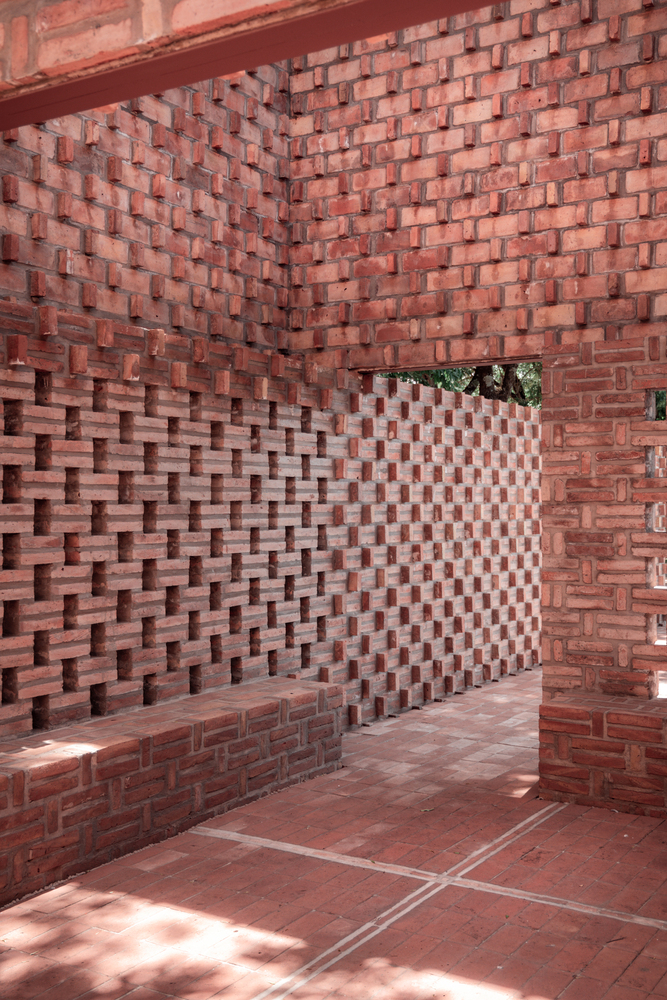
In this philosophical context, Nietzsche described the idea of Eternal Recurrence as the heaviest of burdens due to the profound responsibility each moment carries. This perspective is reflected in Milan Kundera’s “The Unbearable Lightness of Being.”
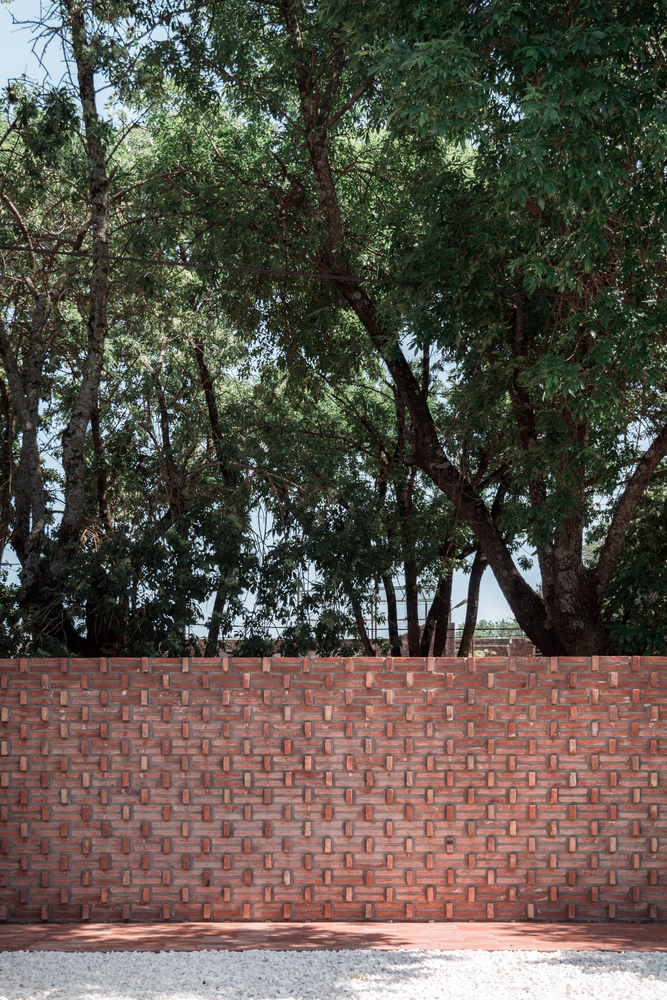
The intervention at the entrance of Casa Velatoria aims to establish a courtyard. This area serves as a transitional space that also provides a setting for companionship and reflection under the sky. The design intends for every visitor to instinctively look upward, much like entering a church, though here the focus is on the presence of the void above.

The essence of the design is the articulation of the void, an attempt to assign it the weight it inherently lacks. The structure, an out-of-phase hollow box with concealed support, challenges perceptions of stability.
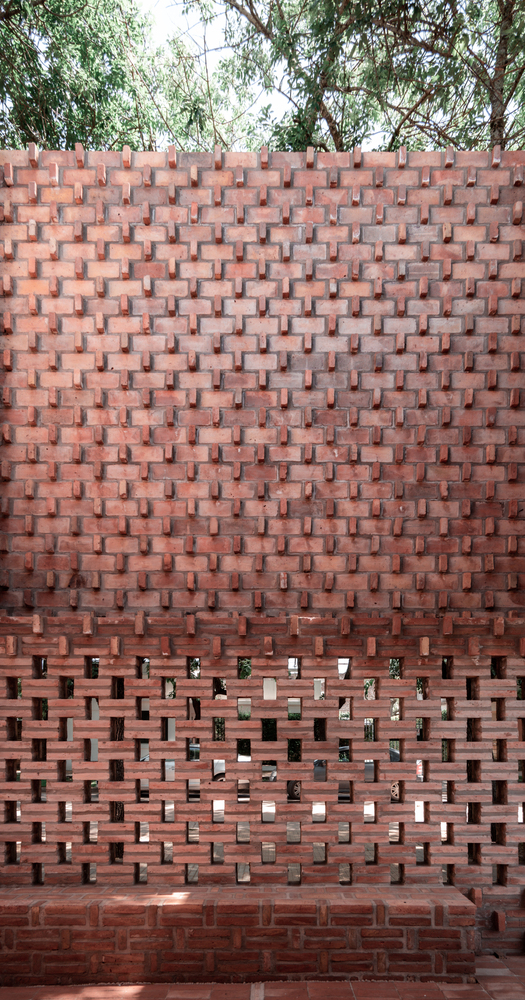
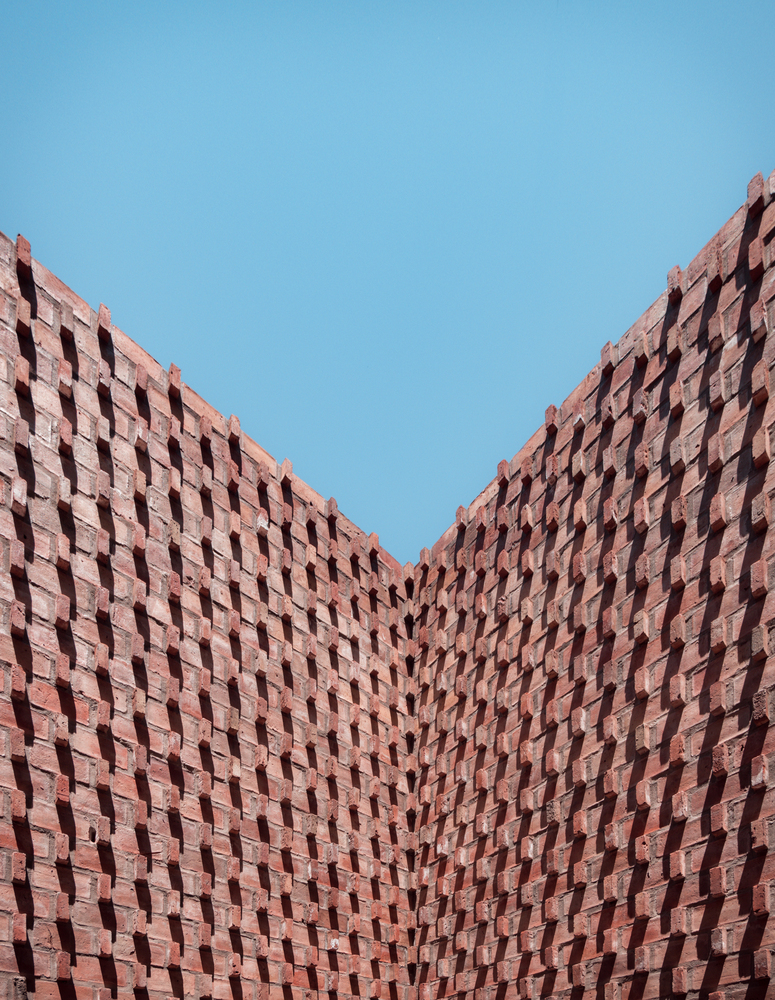
This visible shell shapes the unseen, holding what is essential, or inversely, using the void as raw material to simultaneously define and create space. Thus, the design encapsulates contrasts: heaviness and lightness, openness and enclosure, roughness and smoothness, solidity and hollowness, and presence and absence. These elements underscore the thematic exploration of Nietzsche’s philosophical ideas through architectural form.

Project Gallery

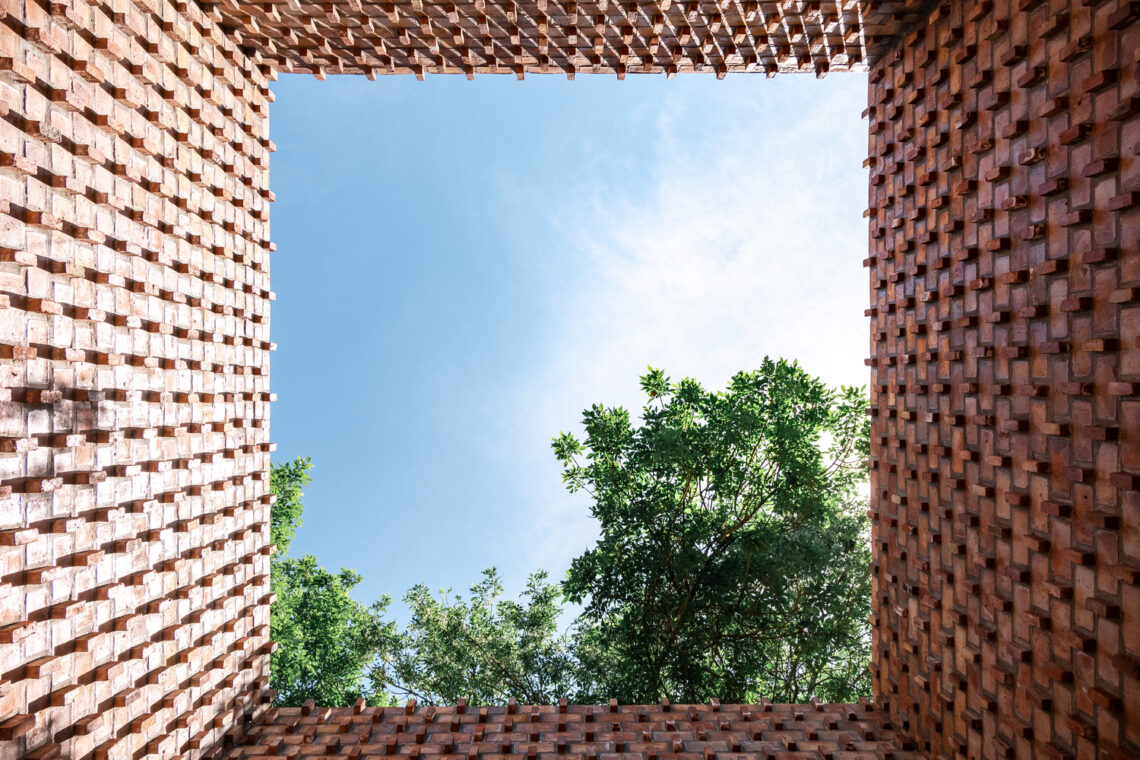

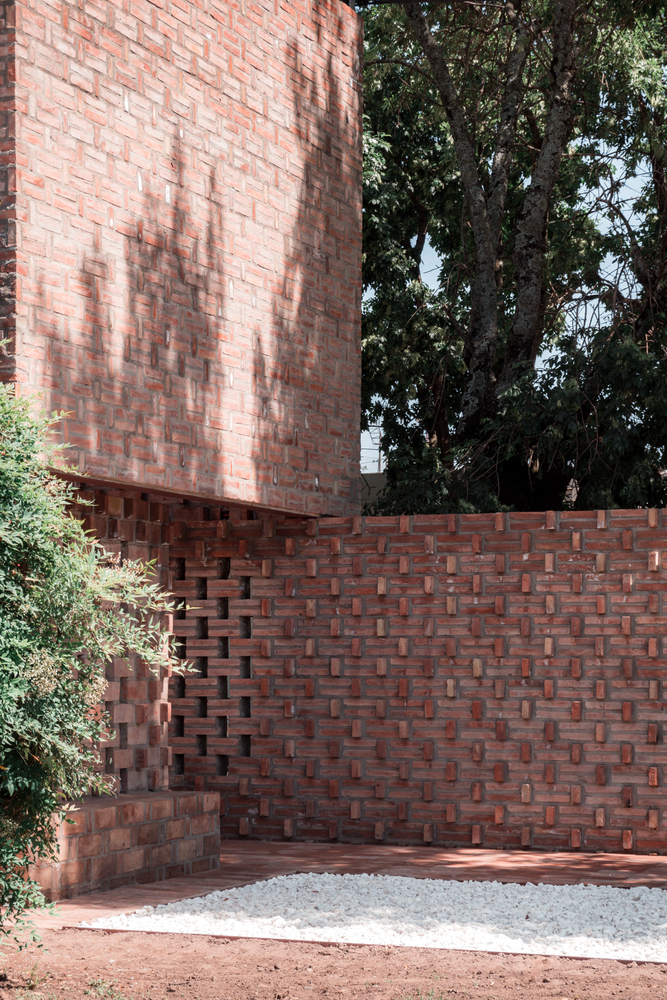

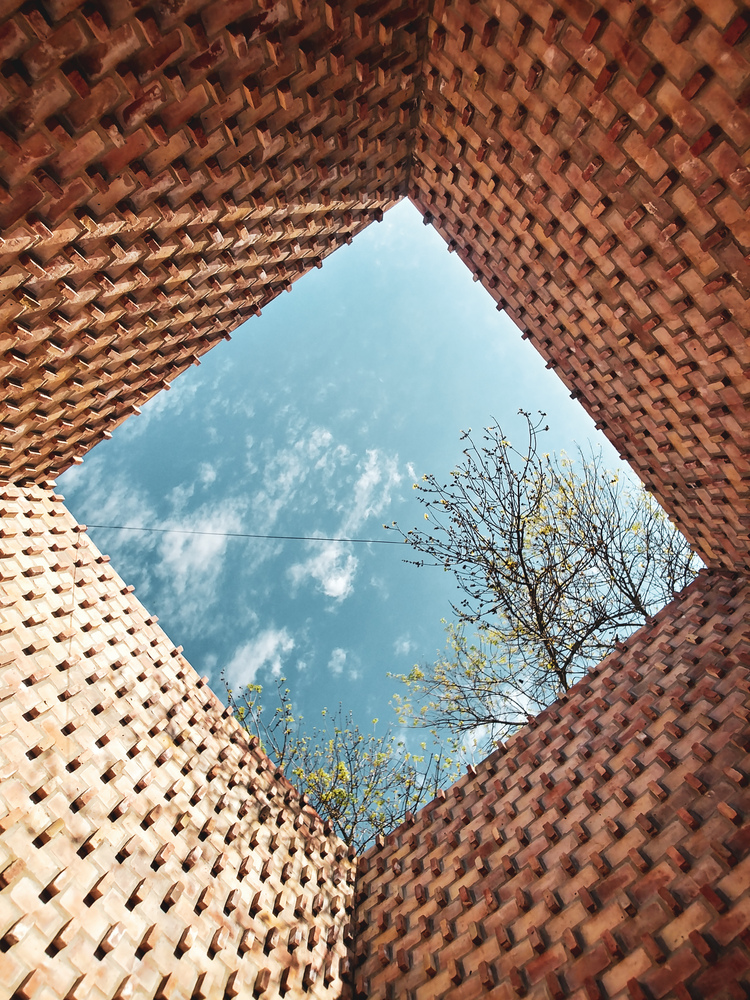
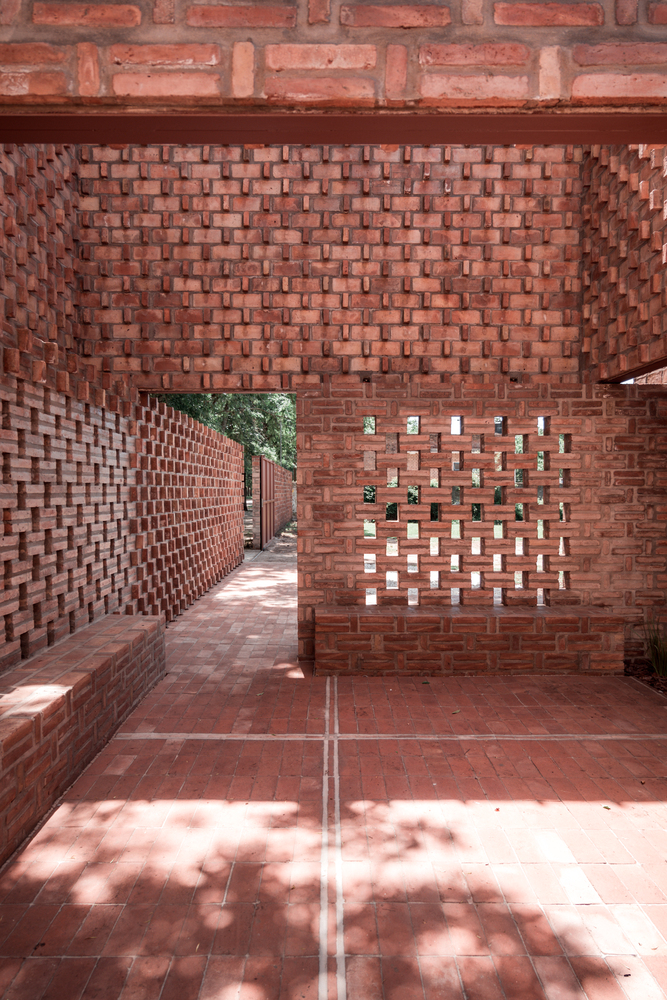





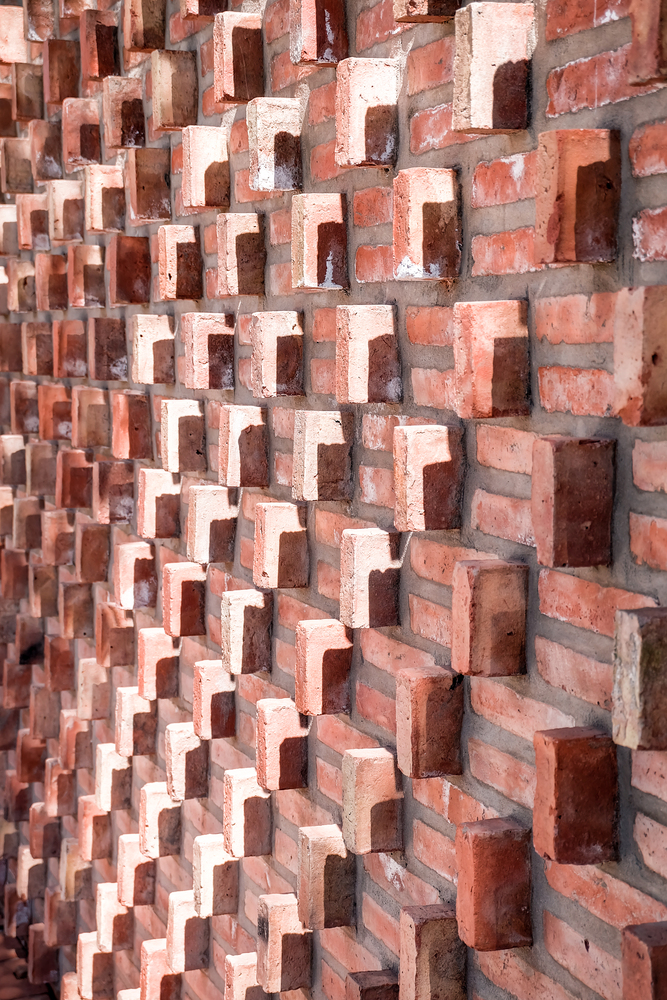


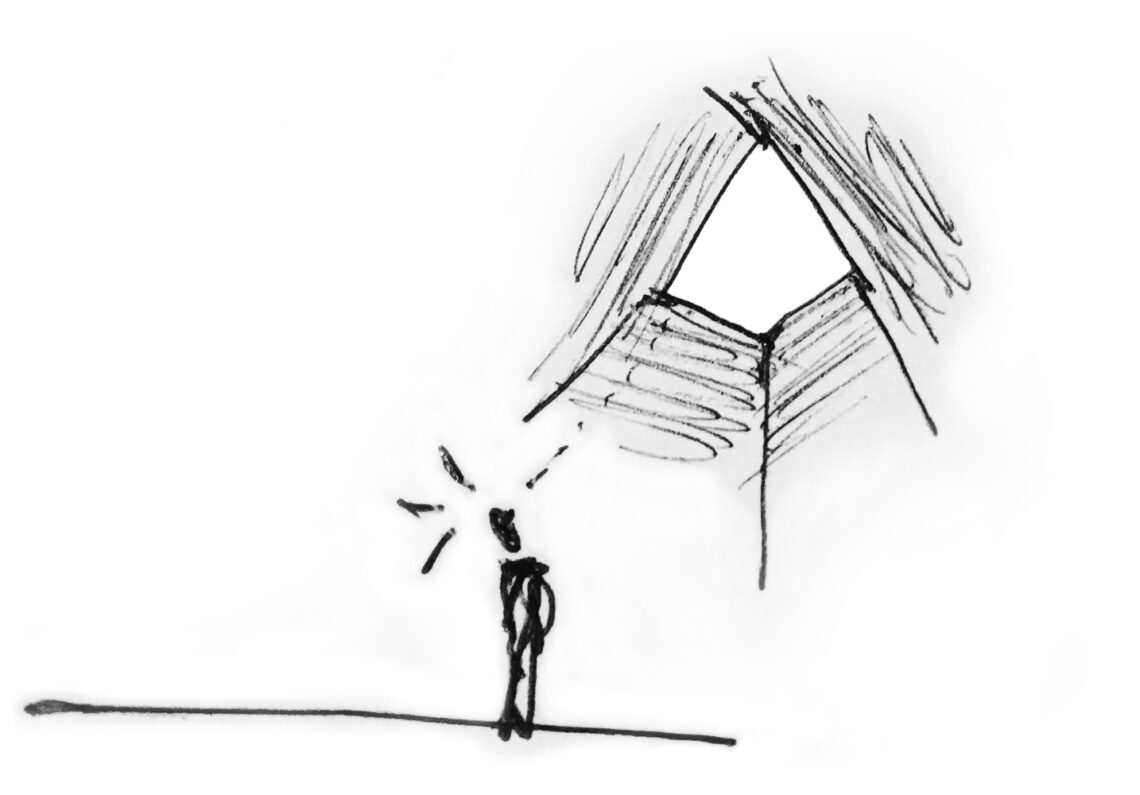
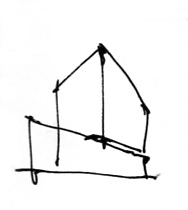
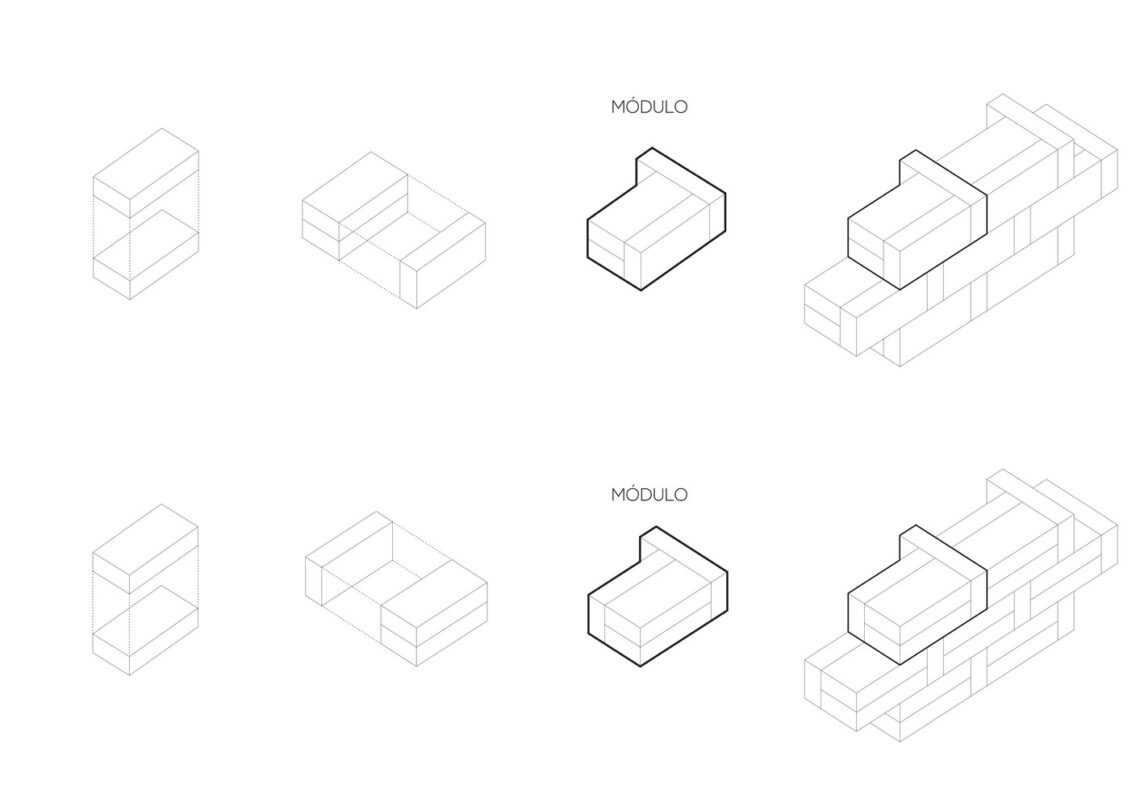

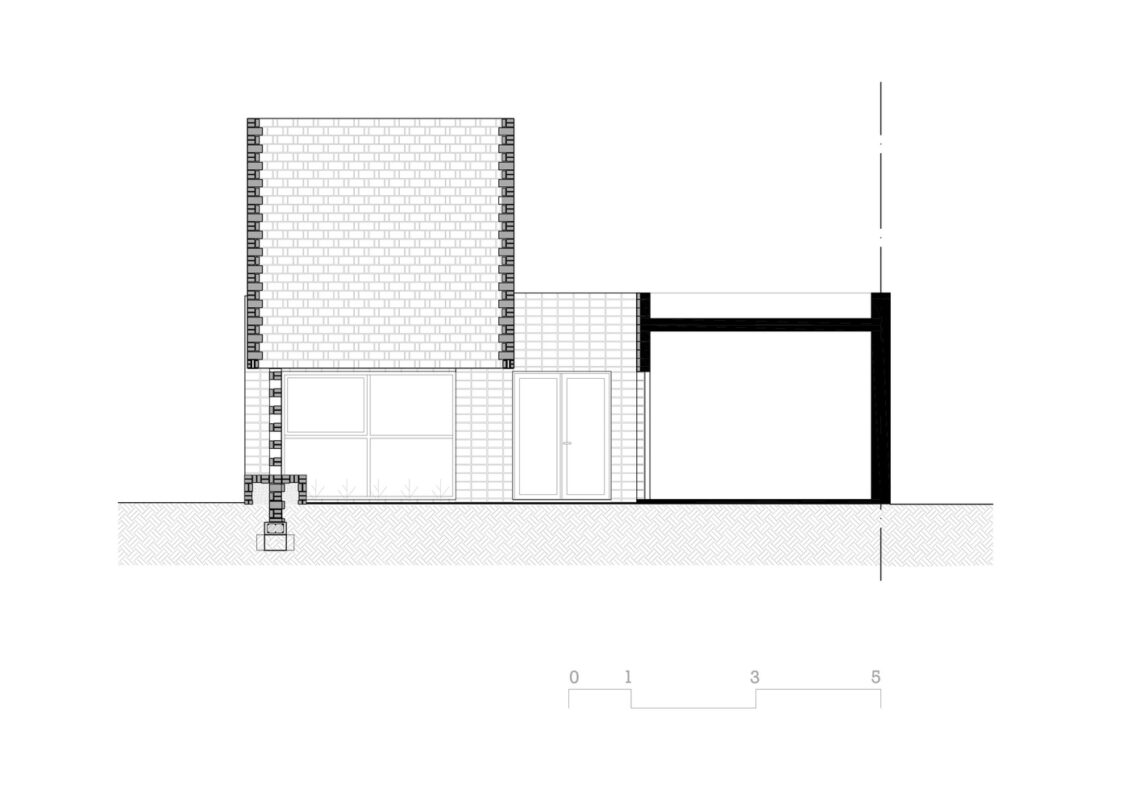
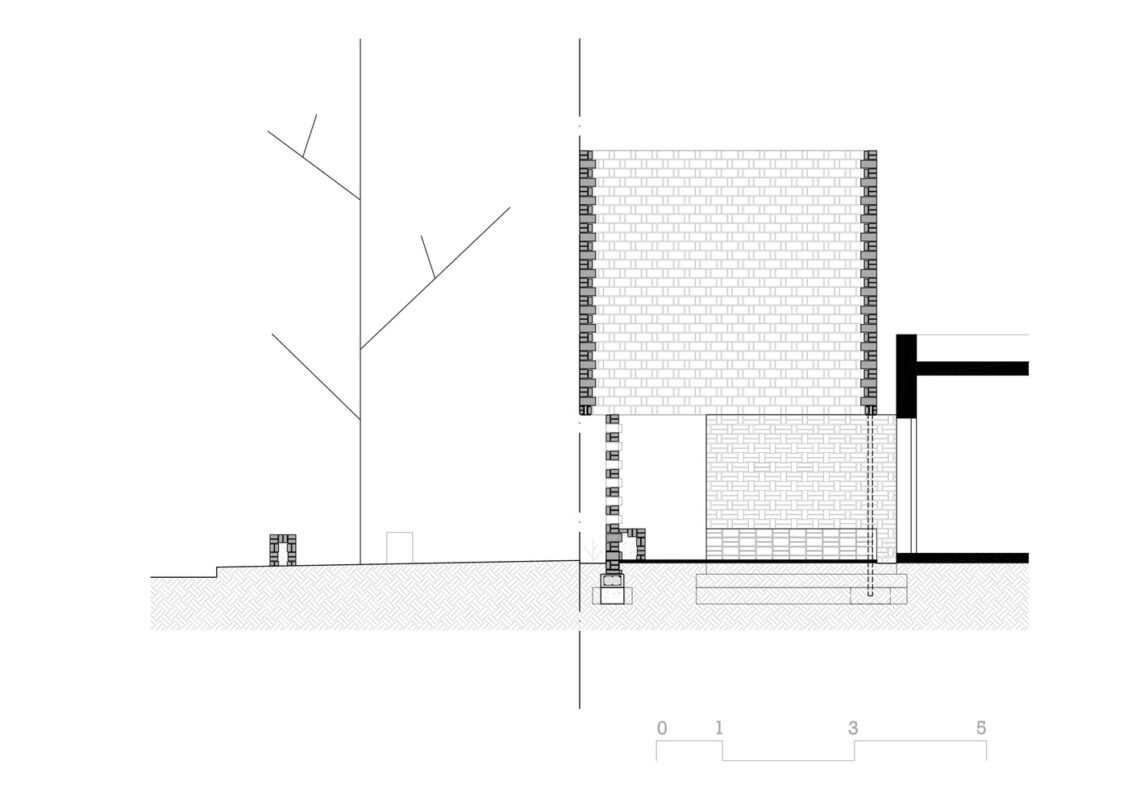
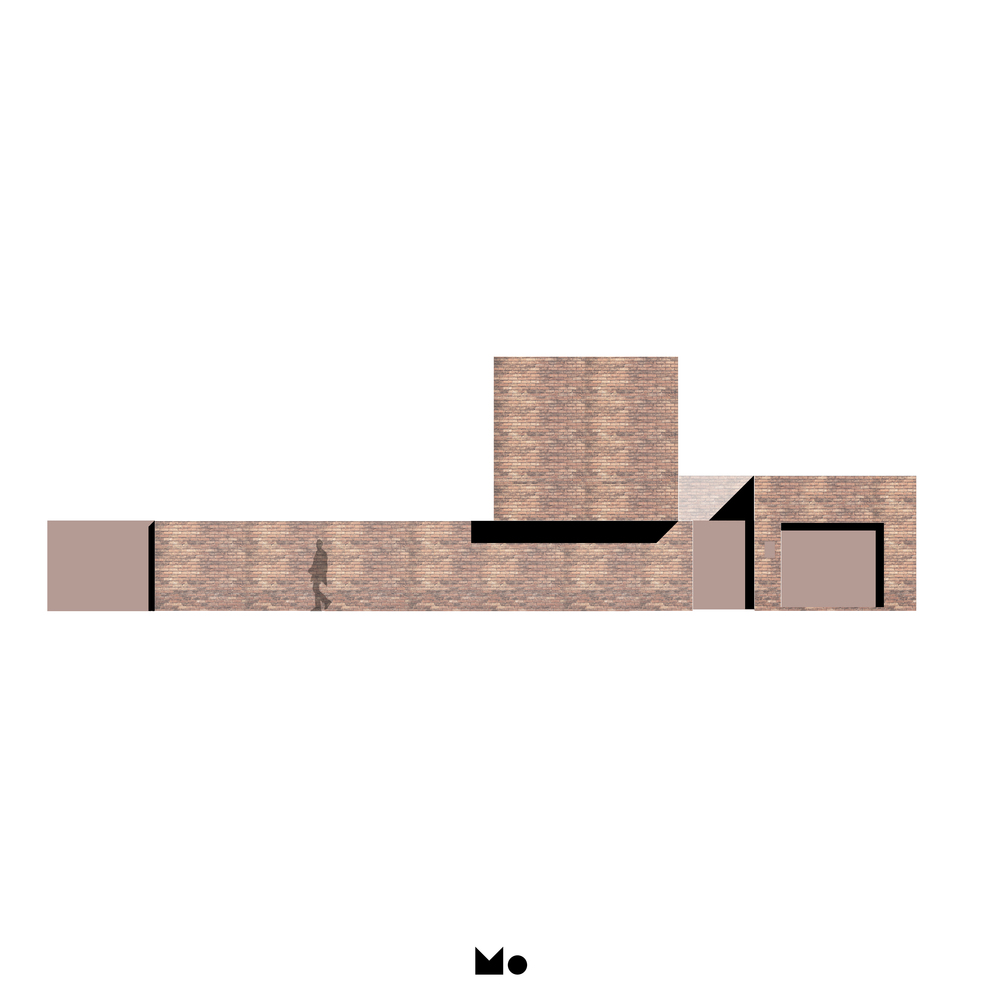
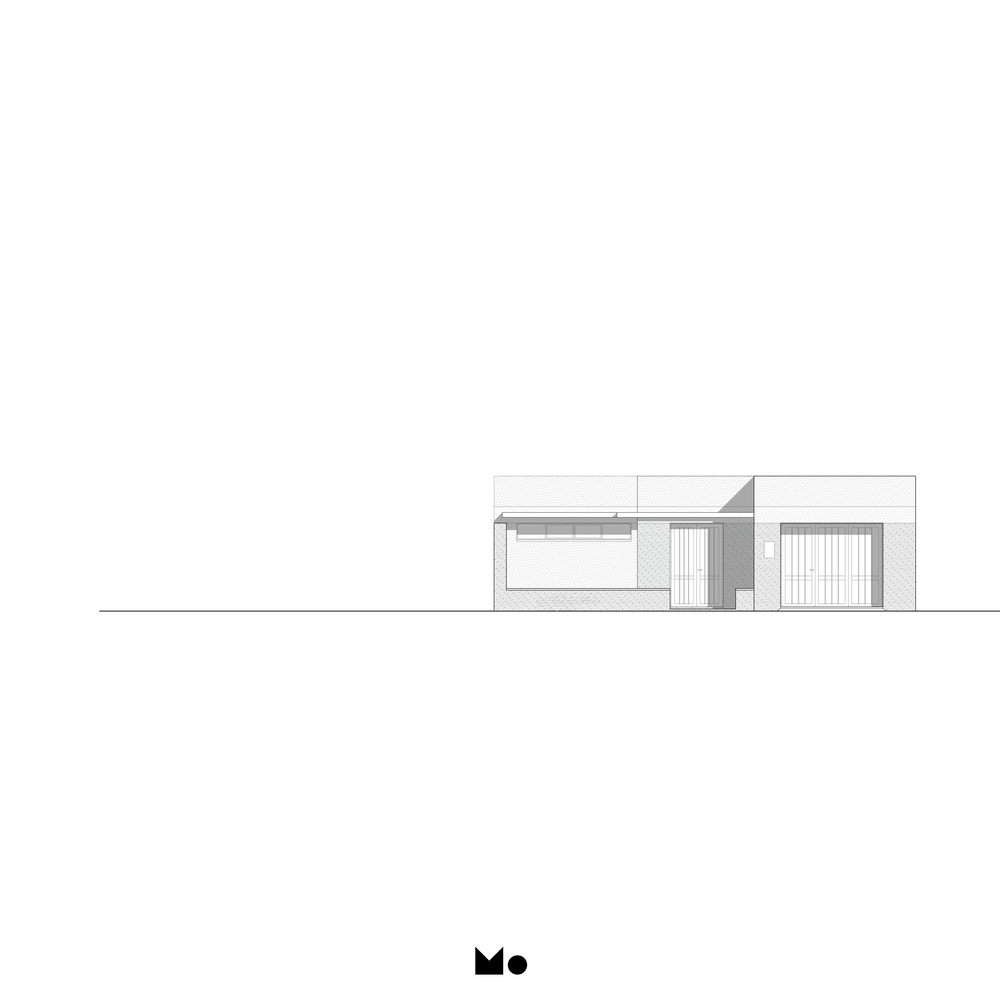
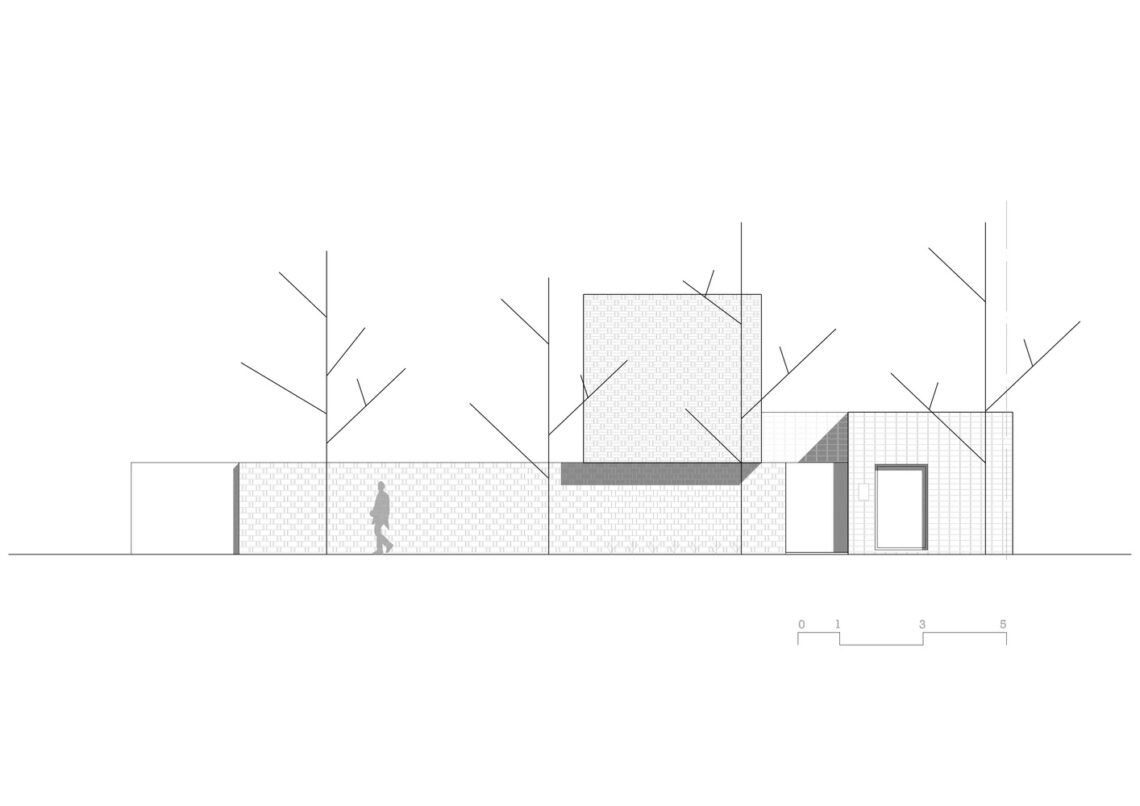
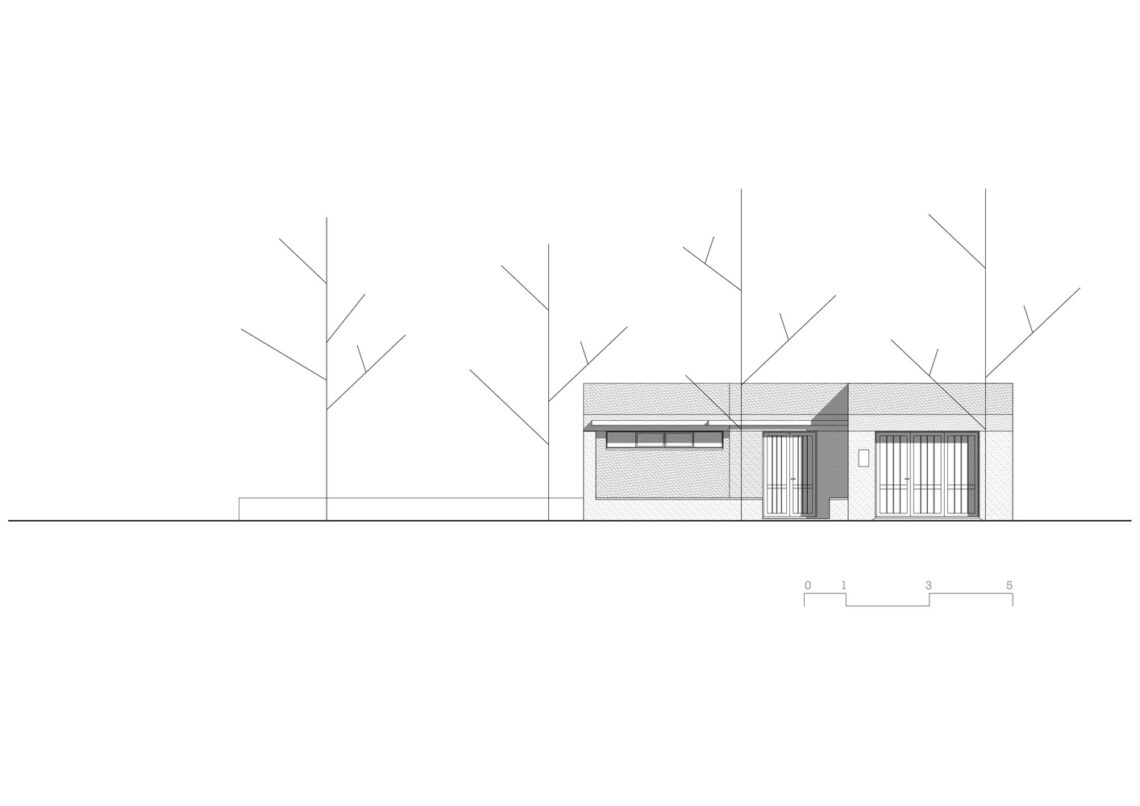
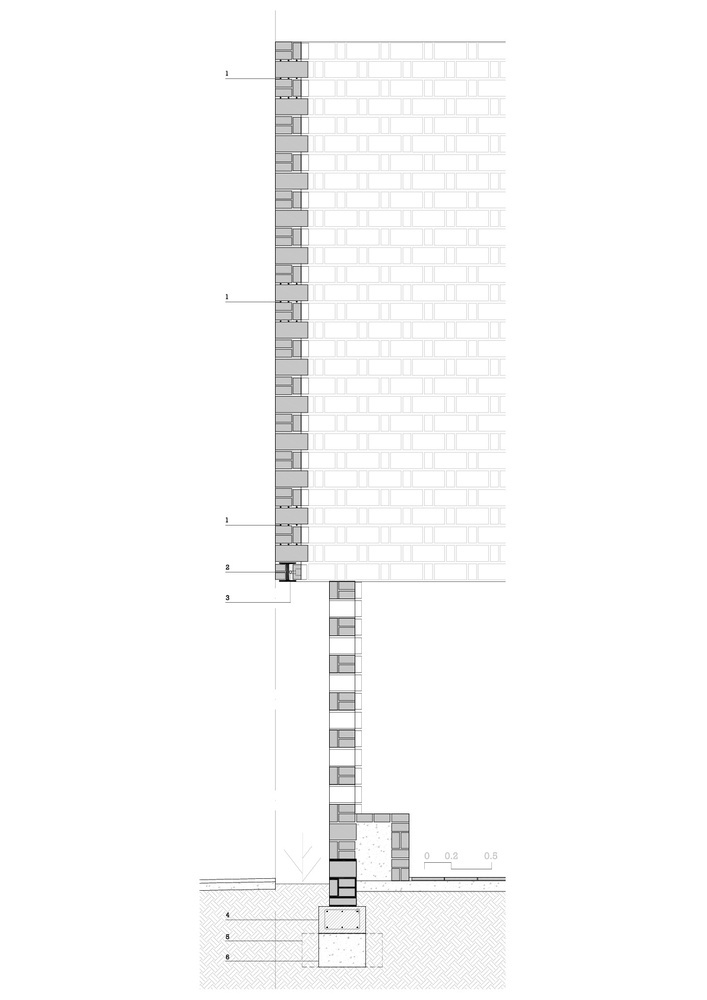
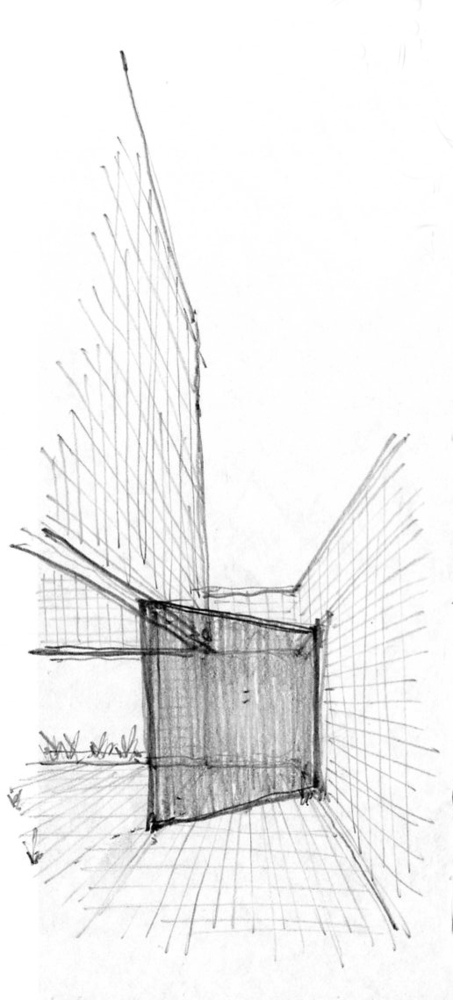
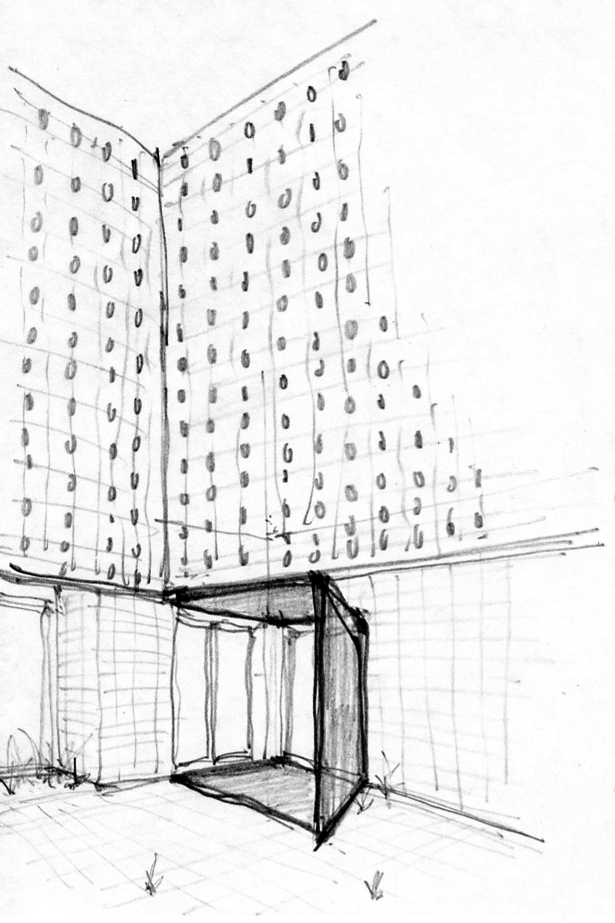
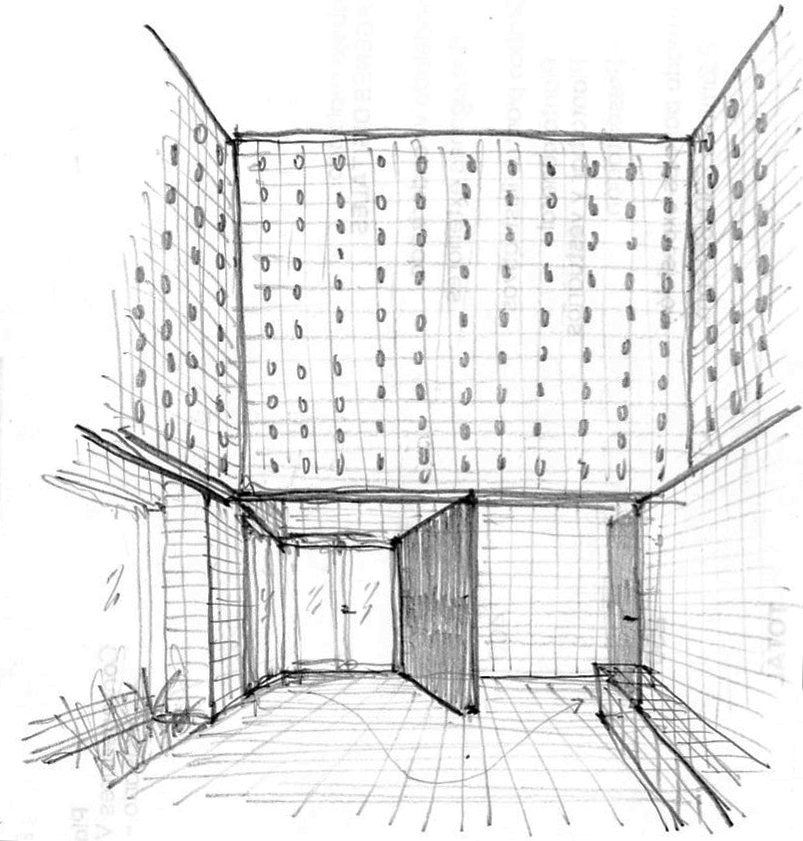
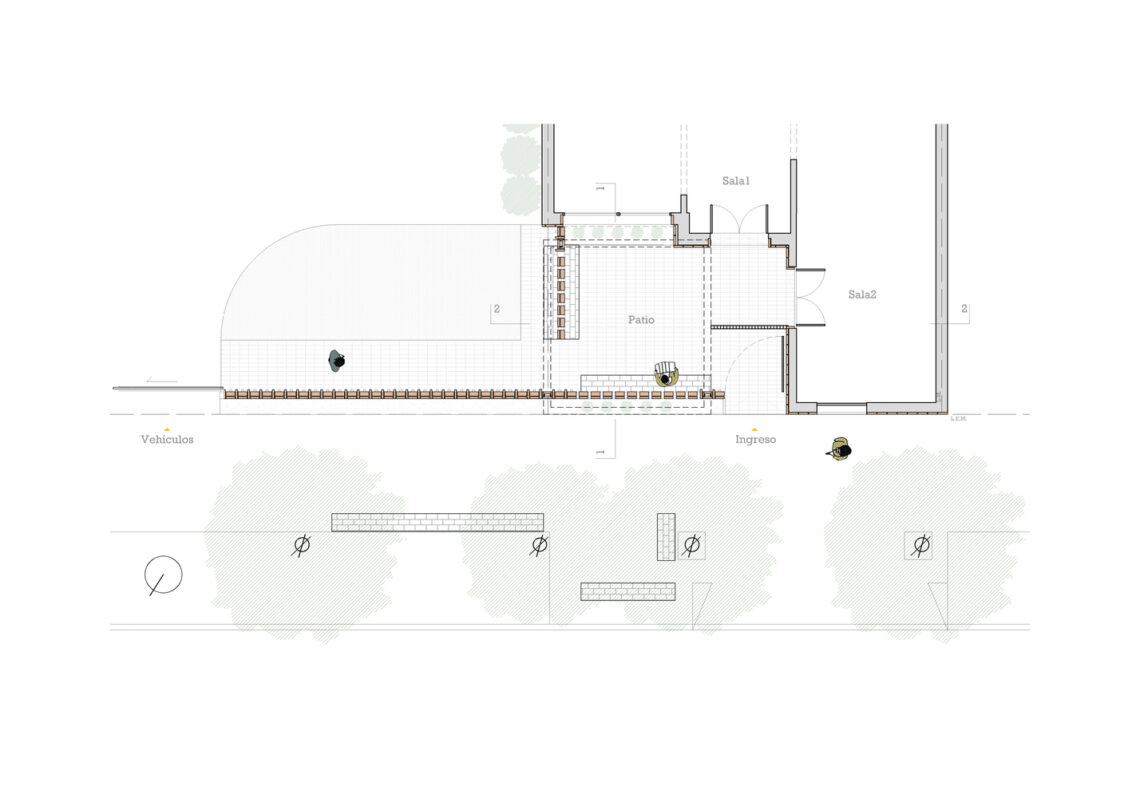
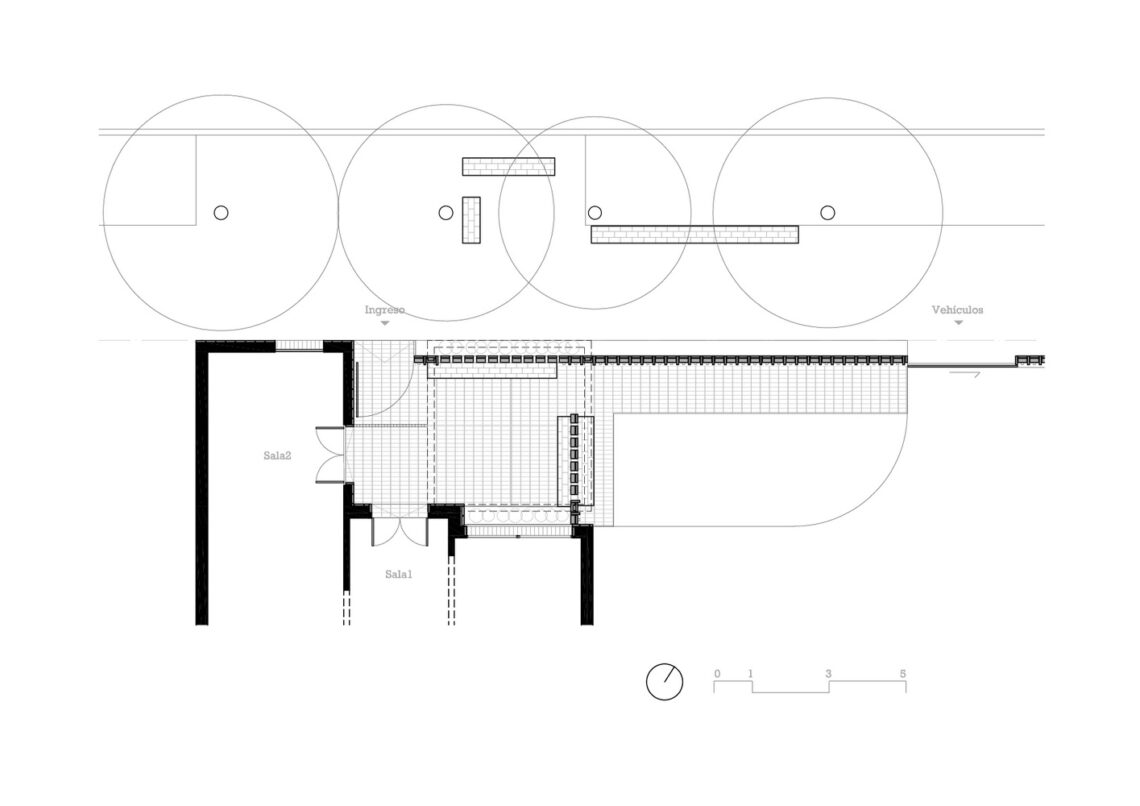
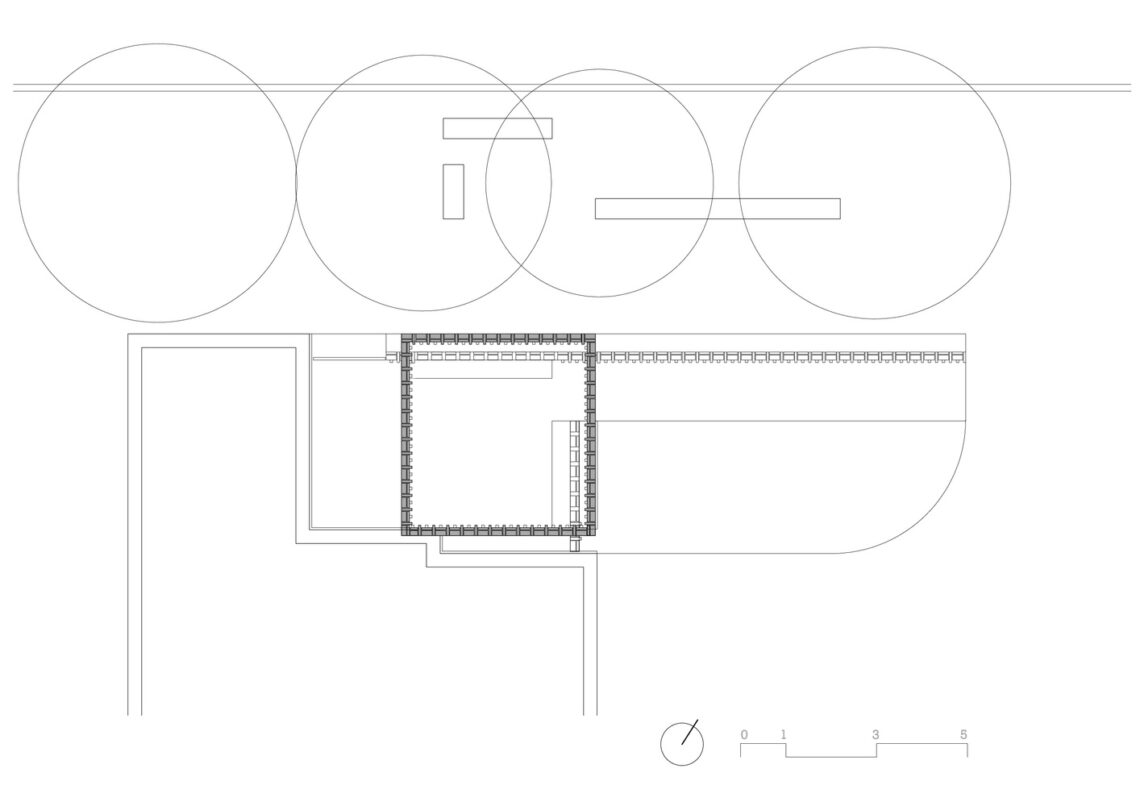
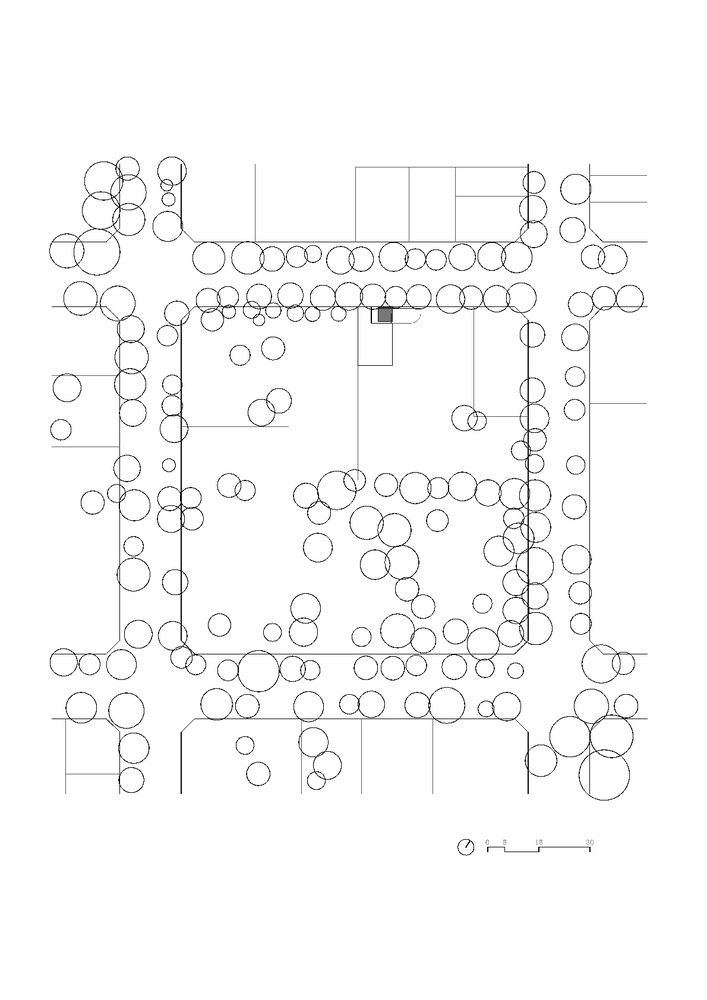
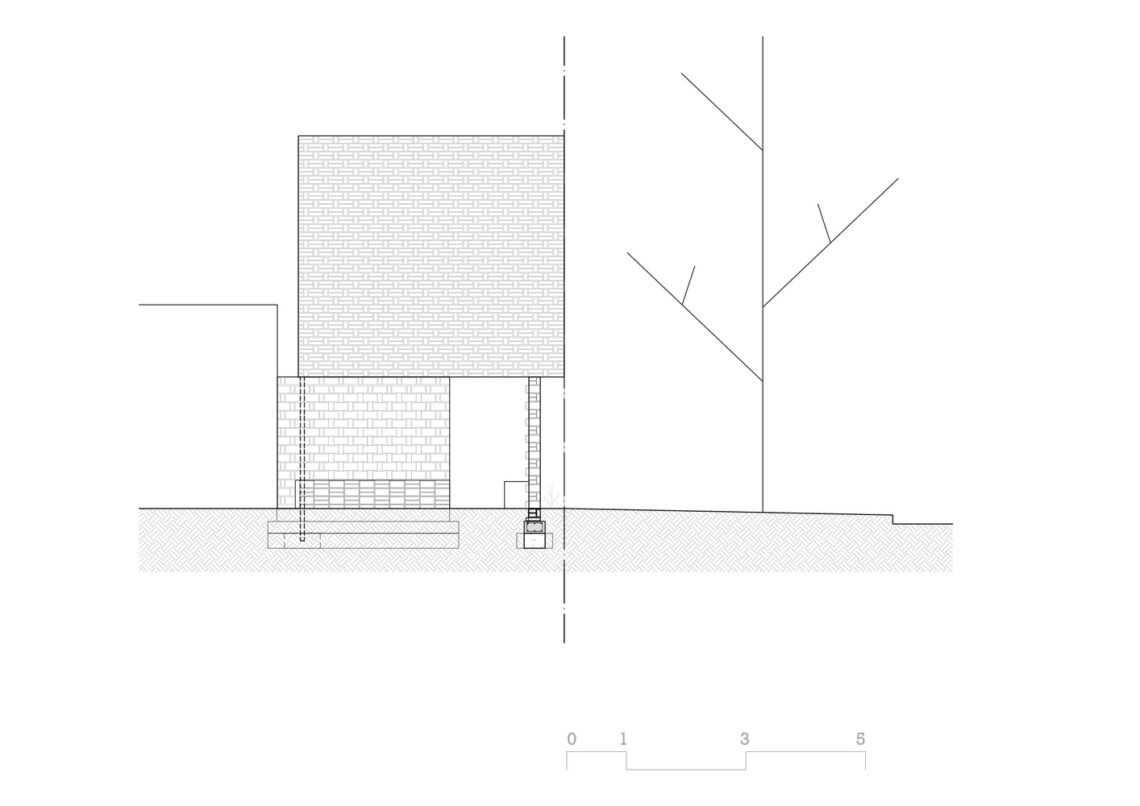
Project Location
Address: San Gregorio, Santa Fe Province, Argentina
Location is for general reference and may represent a city or country, not necessarily a precise address.


